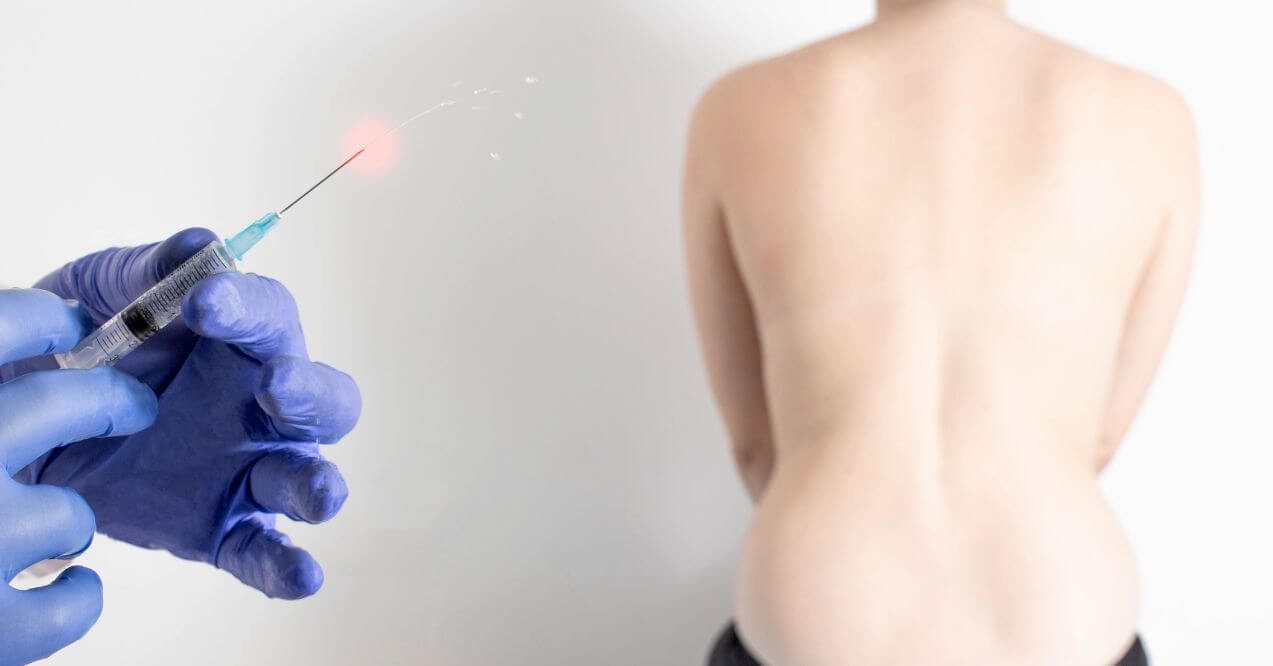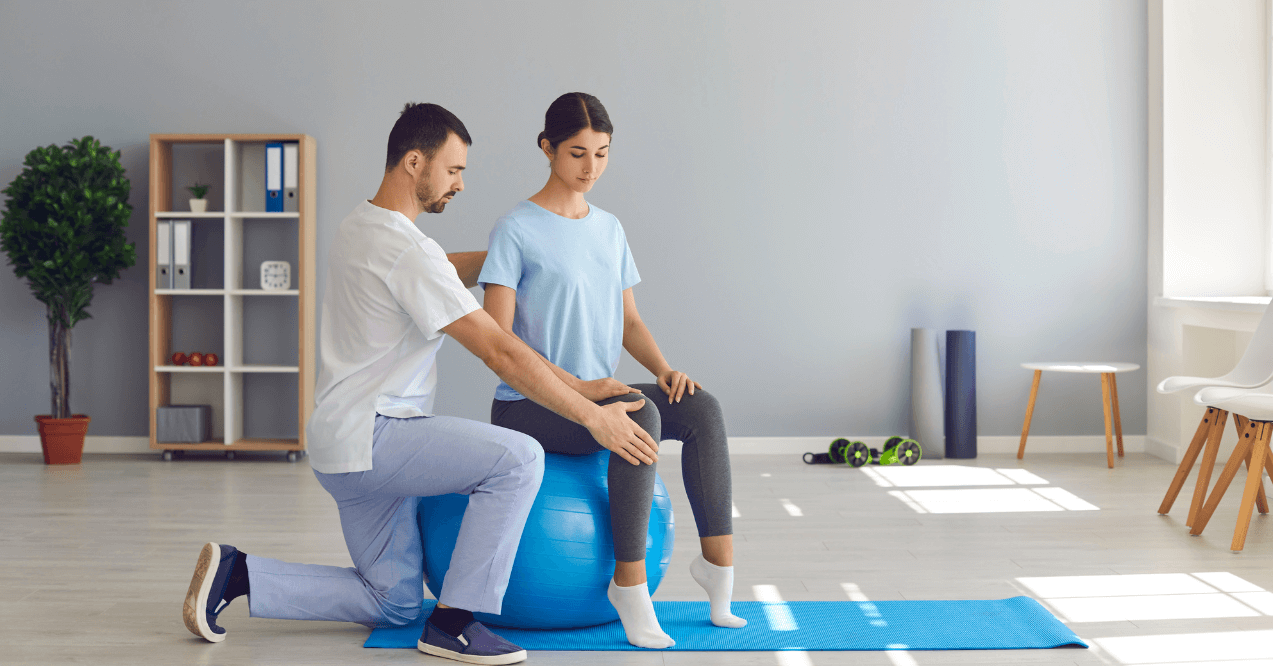Understanding Knee and Hip Pain: Causes and Treatments
Medically reviewed by our experts
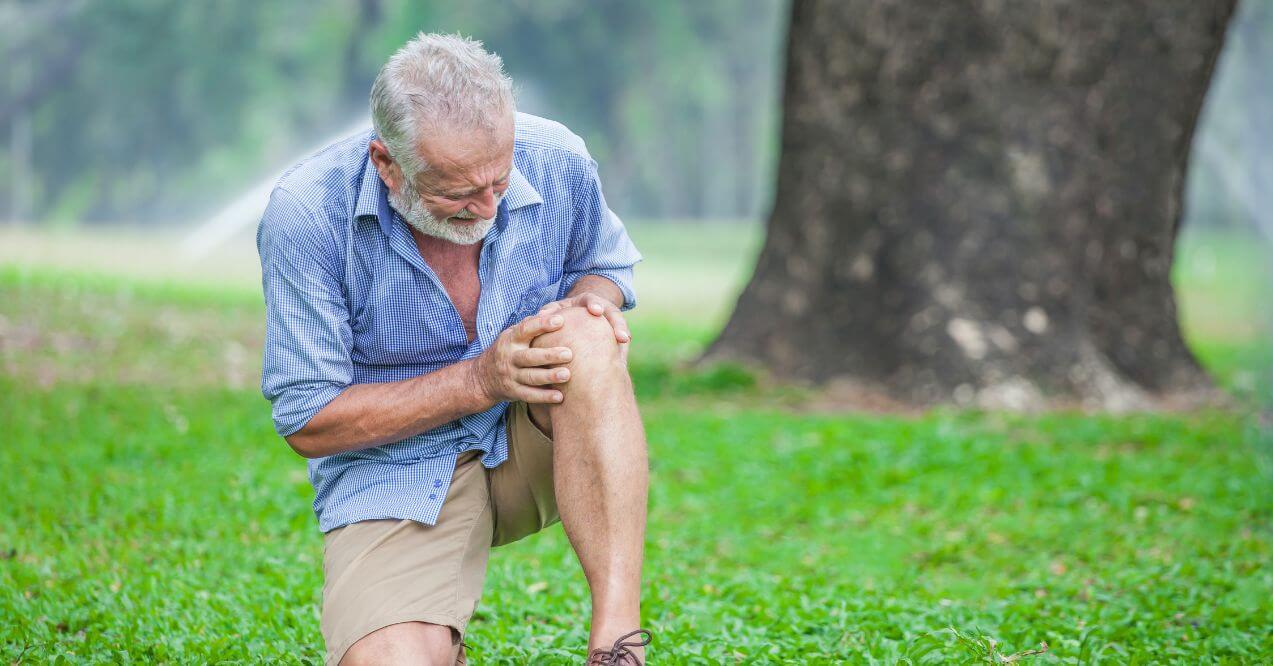

If you’ve ever experienced the discomfort of knee and hip pain, you’re certainly not alone. Nearly 1 in 4 adults over 50 report persistent joint discomfort that affects their daily activities. This common issue can range from mild aches to significant mobility limitations that impact your independence and quality of life. Understanding the underlying mechanics of joint discomfort is the first step toward finding relief.
In this guide, we’ll explore the everyday causes behind knee and hip pain, recognize early warning signs, and discover effective at-home strategies to alleviate discomfort. You’ll learn when these symptoms warrant professional attention and how to maintain healthy joints for years to come.
Common Causes of Knee and Hip Pain
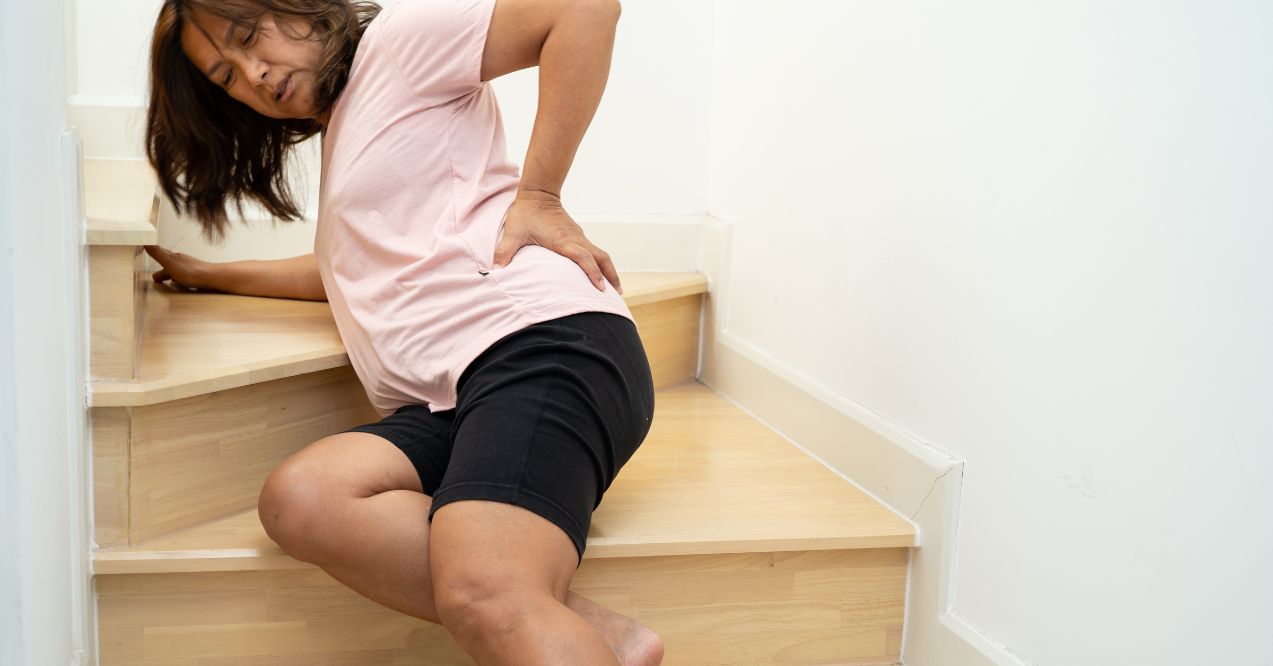
The discomfort you feel in your joints often stems from everyday habits rather than sudden events. Your posture, movement patterns, and physical activities gradually affect joint health over time. Understanding why do my hip and knee joints ache begins with recognizing these common underlying causes that contribute to knee and hip pain.
1. Joint Wear and Tear From Aging
As we age, the protective cartilage cushioning our joints naturally thins and loses elasticity. This gradual process affects the smooth gliding surfaces between bones, particularly in weight-bearing joints. Many adults notice increasing stiffness and discomfort, especially after periods of inactivity.
This natural wear explains why do my hips hurt when I walk after sitting for extended periods. Morning stiffness that improves with movement is particularly common. The joint fluid that lubricates movement also decreases with age, creating friction that can trigger discomfort during everyday activities.
- Engage in low-impact physical activity
- Incorporate daily gentle stretching
- Follow a balanced, joint-supportive diet
- Stay properly hydrated
2. Poor Posture and Body Mechanics
Your body works as an interconnected chain, with each segment affecting others. Poor posture creates a domino effect of misalignment that places excessive stress on your joints. When your spine isn’t properly aligned, your pelvis may tilt abnormally, creating a pattern where hip pain causing knee pain becomes common.
Many adults develop compensation patterns without realizing it. Leaning consistently to one side while standing, crossing the same leg repeatedly while sitting, or carrying bags on the same shoulder creates uneven stress. These habits force your joints to work harder on one side of your body, explaining why you might experience knee and hip pain on one side.
Postural improvements to consider:
- Distribute body weight evenly while standing
- Sit with feet flat and knees level with hips
- Shift weight periodically during prolonged standing
- Alternate the side used to carry bags or loads
3. Muscle Imbalances or Weakness
The muscles surrounding your hips and knees play a crucial role in joint stability and movement. When certain muscles become tight while others weaken, it creates an imbalance that pulls joints out of optimal alignment. This misalignment often manifests as an ache from hip to knee that follows the affected muscle pathways.
Common patterns include tight hip flexors paired with weak glutes, or strong quadriceps with underdeveloped hamstrings. These imbalances alter your walking mechanics and standing posture, gradually stressing joint structures. The discomfort typically intensifies throughout the day as muscles fatigue.
To correct imbalances:
- Identify and strengthen weak muscle groups
- Stretch tight or overactive muscles regularly
- Maintain a consistent exercise routine
- Focus on functional, balanced movement
4. Repetitive Movements or Overuse
Daily activities requiring repeated joint movements gradually stress the supporting structures around your knees and hips. Tasks like gardening, home repairs, or even hobbies can lead to microtrauma in joint tissues when performed frequently without proper mechanics or rest periods.
This repetitive stress explains why many adults experience hip pain and knee pain at night after active days. The continued pressure on the same joint areas eventually triggers an inflammatory response that intensifies during periods of rest. Jobs requiring prolonged kneeling, squatting, or climbing particularly affect joint health over time.
Protective strategies include:
- Rotate between different tasks to vary movement
- Take regular breaks to reposition and rest
- Use ergonomic tools or supports when needed
- Perform light stretching after repetitive activity
5. Previous Injuries or Accidents
Even seemingly minor injuries from years ago can contribute to current joint discomfort. Falls, sports injuries, or accidents alter joint mechanics in subtle ways that progressively affect movement patterns. This explains what causes thigh and knee pain after hip replacement in some individuals who develop compensation patterns following procedures.
The body naturally adapts to protect injured areas, but these adaptations often create secondary strain patterns. A previous ankle sprain might cause slight changes in walking mechanics that eventually affect knee and hip function. These adapted movements, while initially protective, become problematic when maintained long-term.
Managing long-term effects of injuries:
- Strengthen previously affected areas
- Restore full joint mobility through targeted exercise
- Use support braces or orthotics if advised
- Promote balanced strength across joint structures
6. Foot Alignment Issues
Your feet form the foundation of your body’s alignment, and issues there ripple upward through the kinetic chain. Flat feet, high arches, or pronation problems alter the natural shock absorption system of your lower limbs, often resulting in knee and ankle pain – patterns that can also extend to the hip.
Improper footwear compounds these challenges, especially shoes lacking proper arch support or cushioning. The repetitive impact forces of walking and standing transmit differently through misaligned feet, creating stress points at the knees and hips that worsen over time.
To support proper alignment:
- Choose footwear with structured arch support
- Use orthotic inserts as needed
- Perform exercises to strengthen foot muscles
- Be mindful of gait and foot strike during walking
Early Symptoms of Knee and Hip Pain
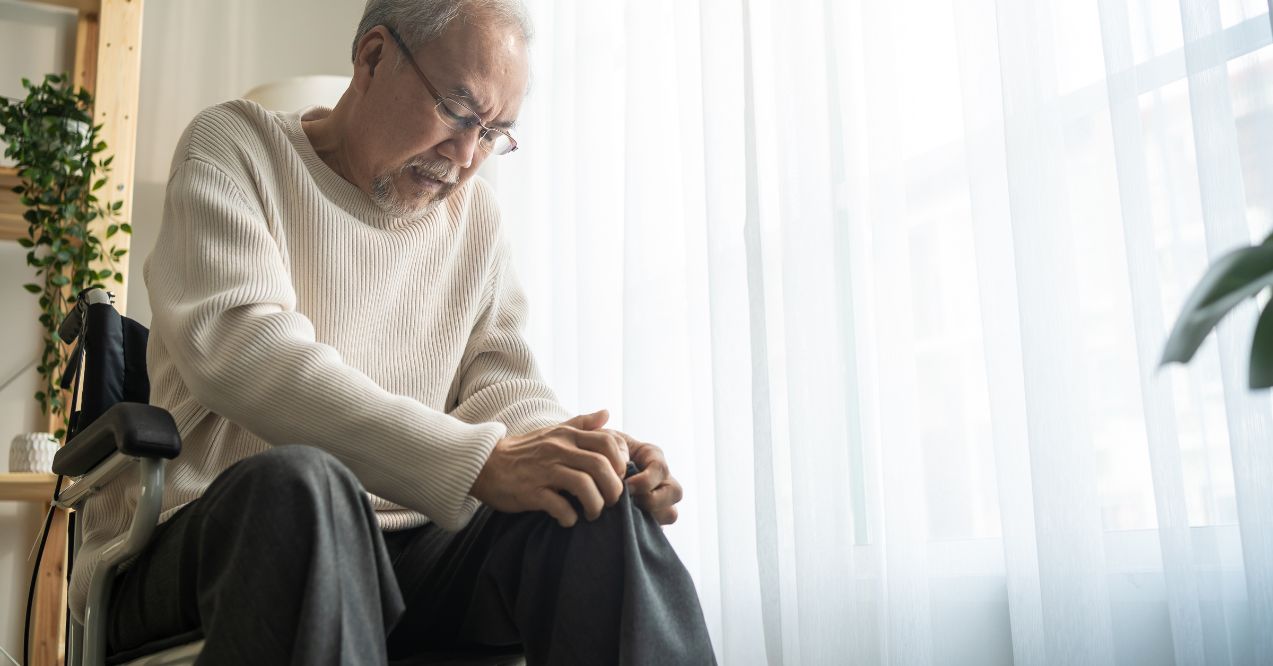
Recognizing joint discomfort early helps you manage issues before they worsen. Subtle signs often appear gradually, so it’s important to stay aware of changes in how your body feels and moves.
Morning stiffness that eases with movement is a common early sign. Over time, this stiffness can last longer and may be accompanied by hip pain and knee pain at night, especially after busy days or when lying on the affected side.
Listen for audible joint sounds during movement. Clicking or popping during movements like climbing stairs or standing up may also indicate early alignment issues, even before pain sets in.
Reduced range of motion represents another subtle sign. You might notice:
- Difficulty putting on socks or shoes
- Challenges reaching to the floor
- Decreased ability to turn your leg inward or outward
- Limited capacity to fully straighten or bend the knee
Discomfort after long periods of sitting or standing is also common. This often explains why do my hips hurt when I walk after extended sitting.
Pay attention to changes in how you perform everyday tasks. Avoiding movements, needing support to stand, or adjusting how you get in and out of a car can all point to early joint issues that should be addressed.
Effective At-Home Treatments for Knee and Hip Pain
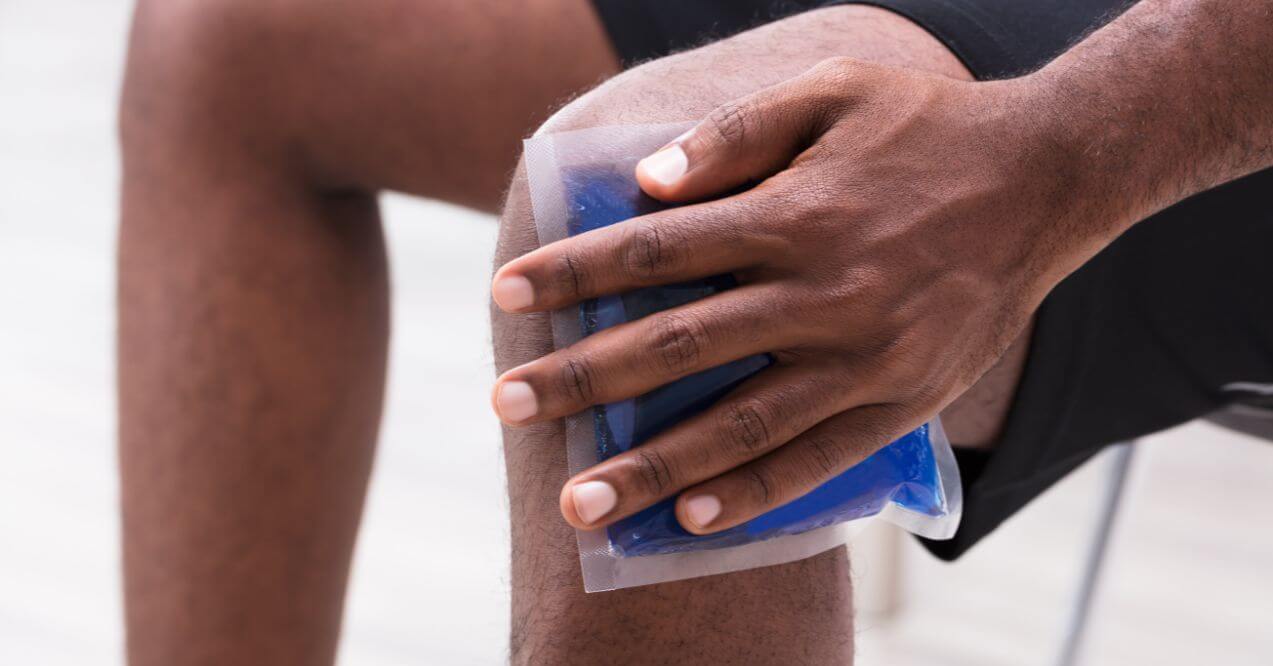
Finding relief from knee and hip pain doesn’t always require professional intervention. Several evidence-supported strategies can effectively alleviate discomfort and improve function when applied consistently. These approaches target the underlying mechanical issues while supporting your body’s natural healing processes.
Here are practical methods to address how to relieve hip and knee pain in the comfort of your own home.
1. Apply Heat or Cold
Temperature therapy provides one of the simplest yet most effective ways to manage joint discomfort. The key lies in knowing when to apply each:
Cold therapy works best for acute discomfort and after activity. Apply a cold pack wrapped in a thin towel for 15-20 minutes when joints feel warm or appear swollen. This approach helps reduce local inflammation and numbs nerve endings that transmit pain signals. Many people wonder how to stop joint pain when it rains or during weather changes – cold therapy often proves particularly helpful during these flare-ups.
Heat therapy excels at addressing stiffness, especially in the morning or after periods of inactivity. A warm shower, heating pad, or microwavable heat pack increases blood flow to tight tissues and relaxes surrounding muscles. Apply heat for 15-20 minutes before activities to improve flexibility and reduce discomfort during movement.
For optimal results:
- Never apply ice directly to skin
- Allow at least 2 hours between temperature treatments
- Stop if skin becomes irritated
- Use heat before activity and cold after when possible
2. Do Gentle Daily Stretching
Regular stretching maintains joint mobility and reduces muscle tension that contributes to discomfort. Focus on major muscle groups connected to the hips and knees, holding each stretch for 30 seconds without bouncing or forcing movement beyond comfortable limits.
Hip stretches should target the flexors, rotators, and gluteal muscles. A simple seated figure-four stretch helps maintain hip rotation, while gentle lunges stretch the hip flexors that often tighten with prolonged sitting. These movements directly address ache from hip to knee patterns by releasing tension in connected tissue chains.
For knees, focus on the quadriceps, hamstrings, and calf muscles. Gentle standing hamstring stretches and supported quad stretches help maintain proper length-tension relationships in muscles that control knee movement. Perform these stretches daily, ideally after mild activity when muscles are already warm.
3. Strengthen Supporting Muscles
Strong muscles around your joints act as natural support systems that reduce pressure on joint surfaces. Even light strengthening exercises, done consistently, can improve joint stability and function over time. For hip stability, focus on the gluteal muscles with bridges, clamshells, and standing leg lifts—especially helpful for knee and hip pain on one side.
Supporting the knees means strengthening the quadriceps, hamstrings, and stabilizing muscles with exercises like wall sits, leg extensions, and hamstring curls using minimal resistance and higher reps to avoid discomfort.
Key principles for joint-friendly strengthening:
- Begin with 5-10 repetitions and gradually increase
- Focus on proper form rather than resistance level
- Stop any exercise that increases pain
- Perform movements slowly and with control
- Allow 48 hours between strengthening the same muscle groups
Targeted exercises paired with proper nutritional support can enhance your joint health routine. Motion Bliss provides comprehensive joint support with its specialized blend of key ingredients. The premium formula includes Calcium for structural support, Natural Eggshell Membrane (NEM) to maintain joint flexibility, and Boswellia to promote comfortable movement.
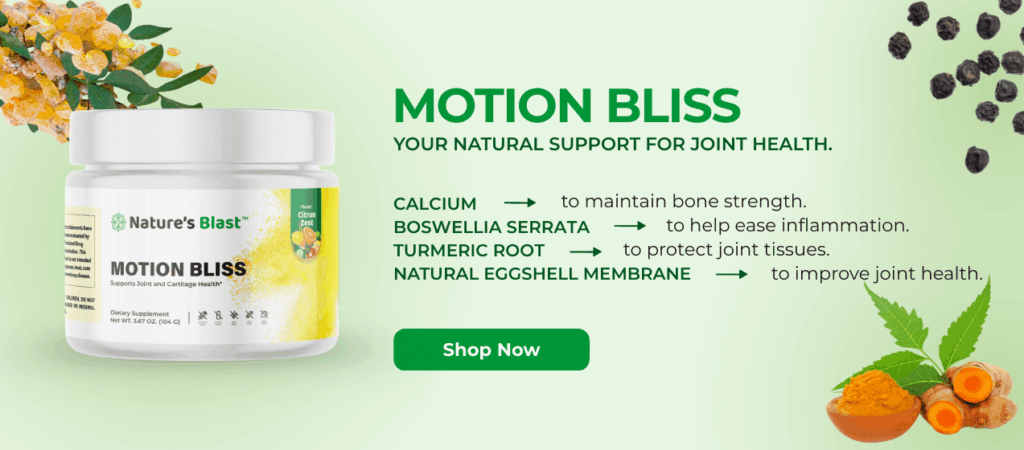
Endorsed by Dr. Holly Lucille, ND, RN, this powerful combination works synergistically with your strengthening routine to support joint comfort and mobility, helping you maintain an active lifestyle with greater ease.
4. Use Supportive Footwear
Your footwear plays a crucial role in how force travels through your lower body, directly affecting knee and hip joints. Proper shoes support aligned movement and help reduce joint stress.
Choose footwear with adequate arch support and neutral cushioning to absorb impact—especially important for managing knee and ankle pain same leg. Avoid flat shoes or high heels, as they lack shock absorption and can shift your center of gravity, increasing pressure on joints.
Consider these factors when selecting supportive footwear:
- Firm heel counter to stabilize the back of the foot
- Flexible sole that bends at the ball of the foot
- Adequate room for toes to spread naturally
- Removable insoles that allow for customized support
- Proper length with thumb-width space beyond the longest toe
5. Maintain a Healthy Weight
Each extra pound creates additional force to weight-bearing joints, especially the knees, where walking alone multiplies body weight by 2–3 times per step. This makes weight management essential for easing joint discomfort.
Sustainable weight loss through balanced nutrition and low-impact exercise—like swimming, cycling, or using an elliptical—can significantly improve joint health. As weight decreases, mobility improves, helping break the cycle of inactivity and discomfort. This also explains why can knee pain cause hip pain, as relieving one joint reduces strain on others.
For joint-friendly weight management:
- Choose activities that limit impact forces
- Spread physical activity throughout the day
- Focus on nutrient-dense foods that support joint health
- Stay adequately hydrated to maintain proper joint lubrication
- Measure progress through improved function rather than numbers alone
When to See a Doctor
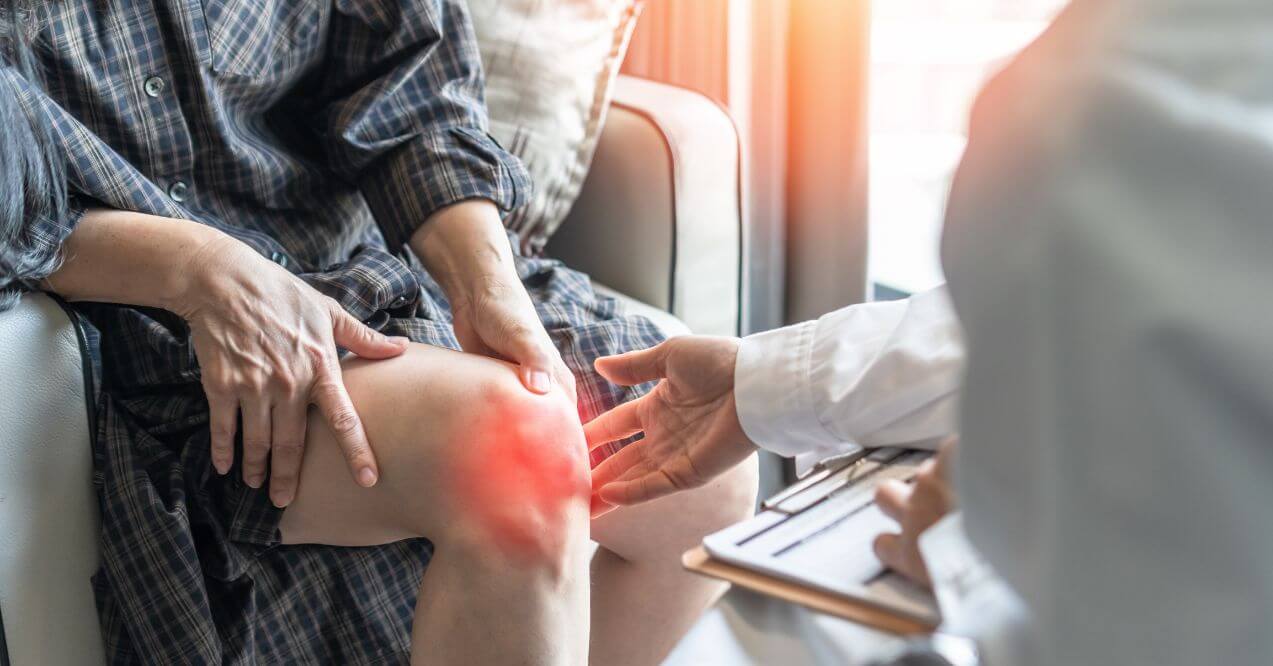
While many joint issues respond well to at-home care, certain situations warrant professional evaluation. Seek medical attention if you experience severe pain that limits basic activities like walking or climbing stairs, especially when these limitations persist for more than a week despite conservative measures.
Watch for these specific warning signs:
- Significant joint swelling that doesn’t improve within 48 hours
- Visible deformity or inability to bear weight on the affected leg
- Pain that wakes you from sleep or remains constant even at rest
- Noticeable joint instability, giving way, or locking during movement
- Symptoms that steadily worsen rather than fluctuating or improving
Additionally, any joint discomfort accompanied by unexplained fever, redness, or unusual warmth around the joint requires prompt evaluation. These signs might indicate conditions requiring specific intervention beyond self-care approaches. If you’ve already tried treatments like facet joint injections without success, your doctor can help determine what next if facet joint injections don’t work and guide you toward appropriate next steps.
For adults with previous joint replacements, new or changing discomfort around the surgical site should always be assessed professionally. Early intervention for joint issues often leads to simpler solutions and helps maintain your mobility and independence for the long term.
Conclusion
Understanding the underlying causes of knee and hip pain empowers you to take proactive steps toward joint health. By recognizing early warning signs and implementing appropriate home care strategies – like temperature therapy, targeted stretching, and muscle strengthening – you can effectively manage many common joint issues. Proper footwear and weight management provide additional support for your joints’ long-term function.
It’s important to note that while self-care approaches often prove sufficient, persistent or severe symptoms warrant professional evaluation. With consistent attention to joint mechanics and overall wellness, you can maintain mobility and comfort well into your later years, allowing for continued independence and enjoyment of daily activities.
Thigh and knee pain after hip replacement may stem from altered walking patterns, muscle imbalances, or joint alignment changes. The body often develops compensatory movements during recovery that place new stress on surrounding joints and tissues.
Yes, knee pain can cause hip pain through altered biomechanics. When you favor a painful knee, your walking pattern changes, creating abnormal stress on hip joints. This compensation pattern often leads to secondary hip discomfort over time.
Hip pain during walking may result from muscle imbalances, joint wear, poor posture, or foot alignment issues. The repetitive impact of each step can aggravate these underlying mechanical problems, especially after periods of inactivity or on uneven surfaces.
FAQ
References
